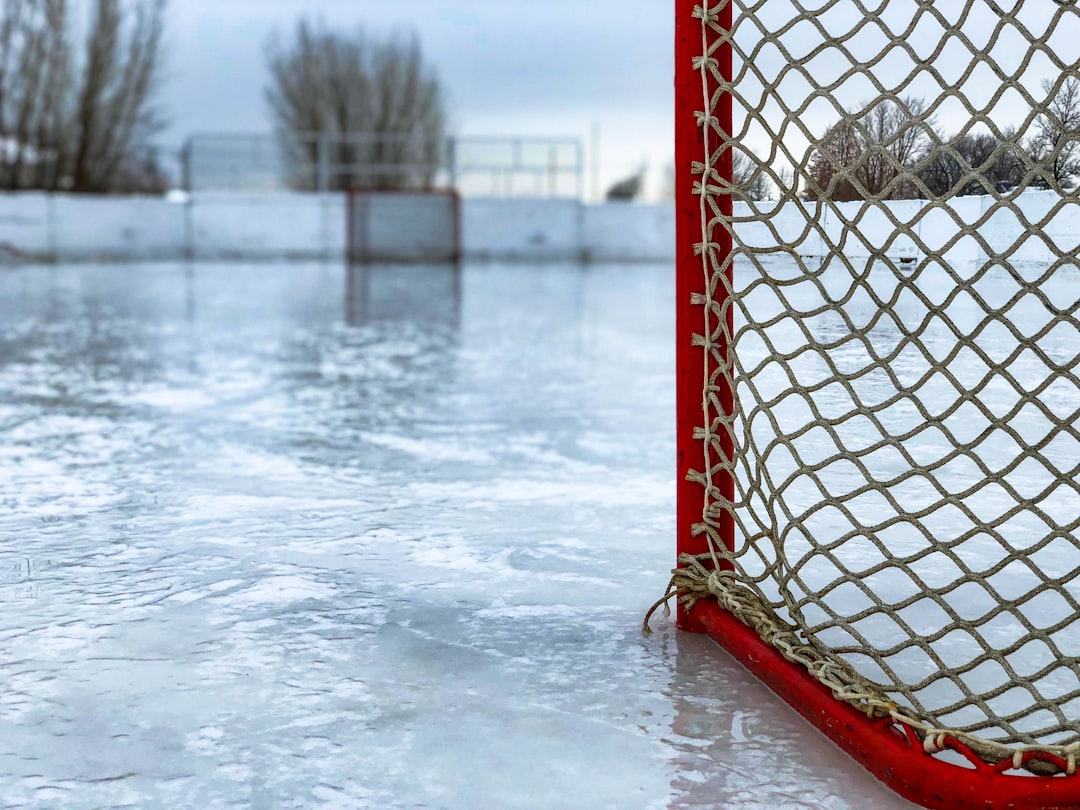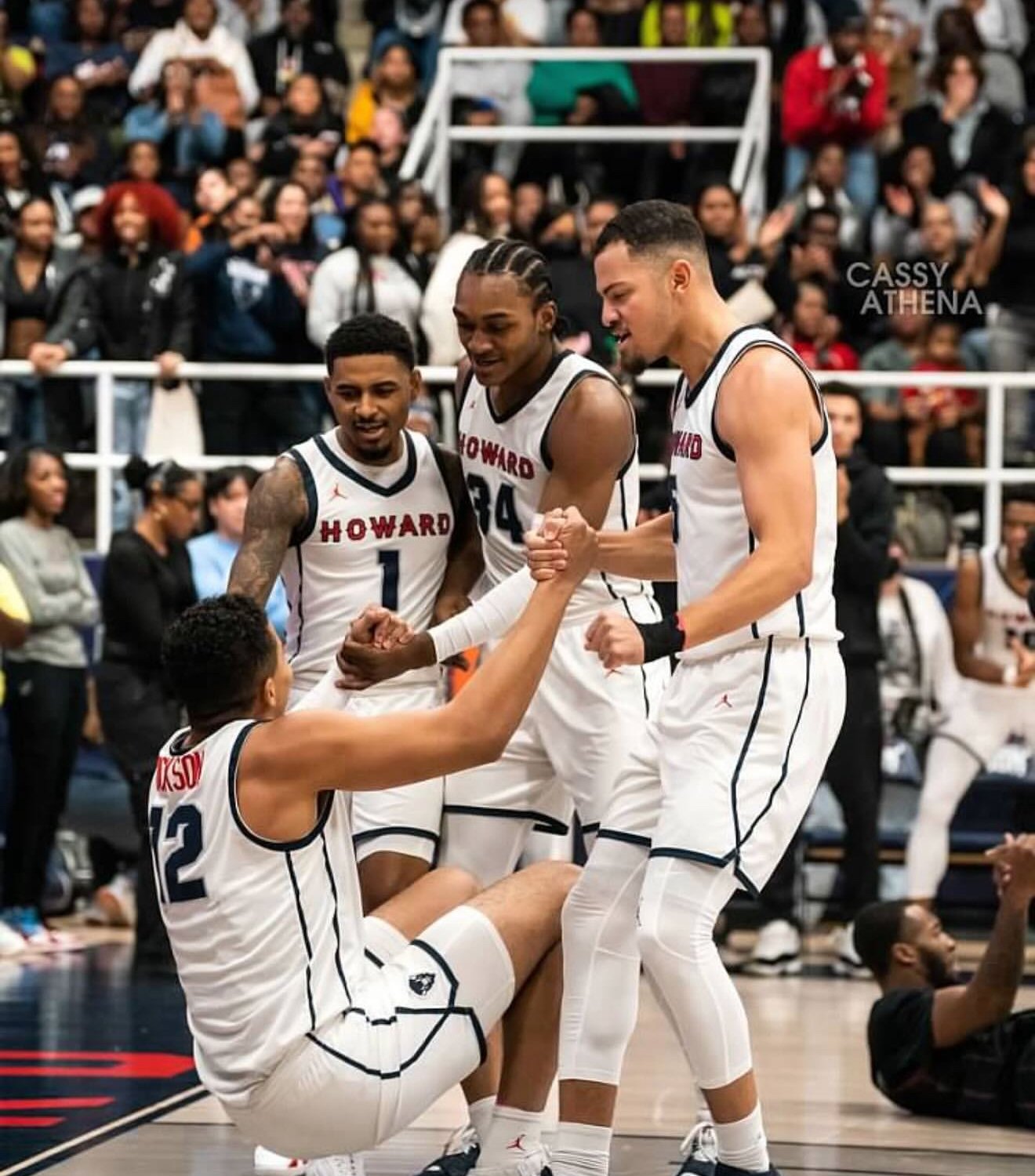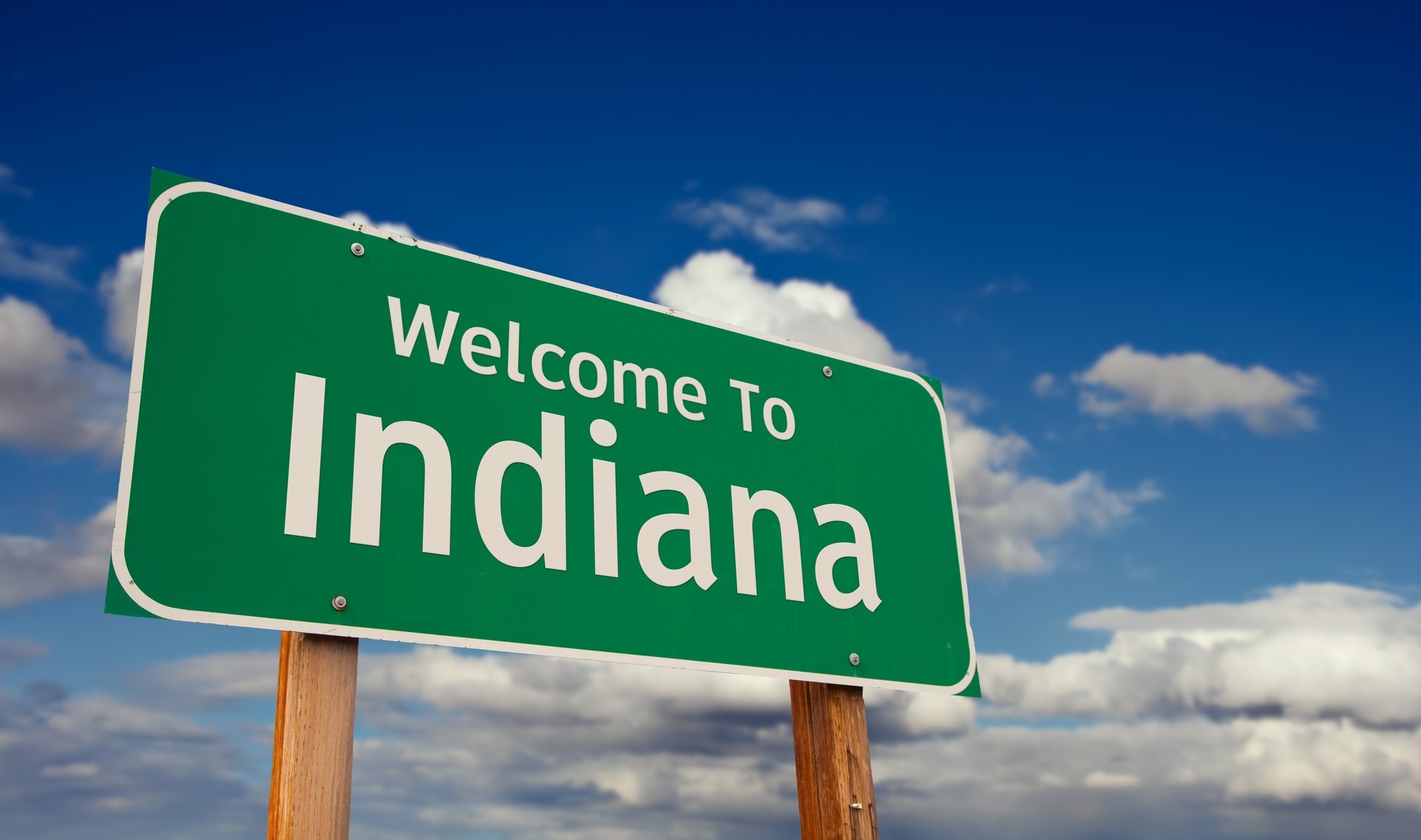Good morning, and thanks for spending part of your day with Extra Points.
On April 13, the University of Denver won their 10th national title in men’s hockey, beating Boston College 2-0. Thanks to a Frozen Four full of prestigious programs (Boston University and Michigan filled out the field), and a final in hockey-mad St. Paul, Minnesota, TV ratings and ticket sales were very strong.
There’s reason to be excited about the general direction of men’s college hockey, but like with everything else in college sports, there’s potential for major changes, including changes that are beyond what hockey administrators can actually control. Vermont AD Jeff Schulman, Hockey East Commissioner Steve Metcalf, Minnesota-Duluth Men’s Hockey HC Scott Sandelin and North Dakota Deputy AD Erik Martinson shared a press conference to discuss the proverbial State Of The Game at the Frozen Four. A few major storylines to watch over the coming weeks:
Where should postseason events be played? Regional tournament games are held at neutral sites, often in harder-to-get-locations like Allentown, Manchester, Sioux Falls and Albany, instead of campus sites. Generally speaking, coaches and supporters of larger, western programs would prefer early tournament games to be held on campus, while coaches and supporters of smaller, more Northeastern programs prefer the neutral sites.
Via the excellent College Hockey Insider newsletter:
“For a national tournament, this continues to be the best format,” Hockey East commissioner Steve Metcalf said. “I know there are other formats. The other suggested formats, I think, have fatal flaws for a national tournament. Neutrality is important. The majority of the coaches support the format we currently have.
I’m sure this will be discussed again at the ACHA convention next week, but I would be a little surprised if this format changes in the near future…not just because of concern over “fairness’, but also out of hotel/travel concerns for campus sites on short notice.
Another potential major change? The eligibility of CHL athletes. Currently, athletes from three major Canadian Junior Hockey leagues are not concerned eligible for NCAA hockey, since those athletes get meal money and compete against players who have signed professional contracts.
But in a post-NIL world, where some NCAA athletes are earning substantially more than CHL athletes in uh, “endorsement contracts”, the amateurism line drawn in the 1980s may not make as much sense.
While coaches and administrators will continue to discuss whether NCAA policy should change, Schulman pointed out that outside entities (like the courts) could also dictate change. Via the transcript:
I think the way that we're going about the discussion is the right way, to be thoughtful. But to your point, it can change very quickly if there's litigation. That's what's happened on so many issues facing college athletics right now.
As an enterprise, we'll have thoughtful conversations about something like NIL, we think about how we want to implement it with certain guardrails we think we can live with, or transfers, then somebody files a lawsuit and the best-laid plans go awry.
I think as a college hockey community, I certainly have no insight into anything that's happening, but it is a little hard to defend the current system when we have college athletes that are benefiting in a big way from NIL, and yet we've said that people playing major junior hockey who are getting meal money or stipend, whatever it is, are professional, not eligible.
I reached out to a few ADs at hockey schools to discuss how CHL eligibility might impact their school, but haven’t gotten anybody on the phone yet. I’m hoping to better understand this issue over the coming weeks…as I understand it could have significant implications for how different types of programs manage their rosters.
There’s more in the transcript, including efforts to diversify the college hockey player pool, potential rule changes, and more. The AHCA Convention is May 1-4.
Where do you think college hockey postseason games should be played?
This next story isn’t technically a college sports story, but it does involve a) NIL and b) sports video games, so it does feel very Extra Points…
Jury: Athlete tattoos are part of athlete NIL rights
Way back in 2017, tattoo artist Jimmy Hayden sued Take-Two Interactive Software (the folks who make NBA2K, among other games), claiming that the company should have compensated him when it displayed tattoos that he created on their digital representation of LeBron James.
Per Polygon, a jury recently found that Take-Two doesn’t owe Hayden any money, because the company has an implied license to depict those tattoos. Via Polygon:
Take-Two attorney Dale Cendali said the company is “gratified” for the verdict. She continued: “The decision is an important decision for the entertainment industry. It is also an important decision for anyone who has ever gotten a tattoo and might have otherwise worried about their freedom to share their bodies with their tattoos. And it is a good development for tattoo artists as a contrary verdict could have discouraged people from getting tattoos at a time when the art form is flourishing.” Hayden’s lawyers have not responded to Polygon’s request for comment.
…
For Take-Two, attorney Dale Cendali said that Hayden got paid only after filing the lawsuit, and that James’ tattoos are a very small part of NBA 2K. Cendali said James licensed his own likeness to Take-Two through the NBA Players Association — a ruling in Hayden’s favor would mean James would have to ask Hayden permission to license his very own being, as reported by Cleveland.com.
To translate into the college sports world: James gave Take-Two permission to use is name, image and likeness, via a group licensed facilitated by the NBAPA, in a video game project. Had Hayden won this lawsuit, then there would potentially be precedent for future video game licensure programs to be more limited in scope, as the company would need not just permission from the athlete and whoever facilitated the group license, but then tattoo artists, and maybe even other parties (can you copyright a haircut?) Take-Two previously lost a lawsuit over this issue involving the tattoos of WWE’s Randy Orton.
I do not expect any athlete tattoos to be a part of EA Sports College Football 25, primarily because player likenesses are being created from official athlete headshots, not full body scans. But EA CFB is unlikely to be the only licensed college sports video game in the future, and any party (video games, film, documentaries, etc.) should pay close attention to future court cases involving what, exactly, is part of digital likeness license.
Here are some other newsletters that I think you might enjoy reading:
(Extra Points earns a fee for every free subscription generated for these newsletters)

Sponsored
Strength Framework
Trusted by 2.4K+ Lifters to deliver actionable information on training and nutrition, backed by Science. All in a 5 minute read. Every Monday. 100% Free.

Sponsored
RNDM Travel Newsletter
Visiting America, one town at a time
NCAA considers grace period cases on conference realignment
One of the less-discussed impacts of widespread conference realignment is that it can leave conferences with unexpectedly small numbers of schools in various Olympic sports. Typically, NCAA bylaws require conferences to have a minimum of six full D-I members sponsoring a sport in order for that league to keep an automatic qualifier, while also allowing a limited grade period in case a league is unexpectedly short.
According to the minutes of the NCAA Competition Oversight Committee from April 10 (shared via D1.ticker), the committee considered requests from four leagues: the Summit League (men’s soccer), Ohio Valley Conference (women’s tennis), NEC (men’s volleyball) and WAC (men’s tennis).
All four leagues will need to either find new affiliate members, have existing full-members sponsor teams, or add new full-members, in the near future if they want to keep their automatic qualifications.
Looking at the actual report, my takeaway is that NCAA membership is concerned about setting precedent to allow unlimited waivers for leagues that fail to hit the required threshold, while also recognizing that the entire automatic qualifier bylaw may need a closer look, given how common realignment has become.
I haven’t spoken to these commissioners about their specific situations, but one issue that has been raised to me at the AD level over the last few months is that, apparently, it has become harder for schools and leagues to figure out affiliate relationships that work for everybody. That may be a combination of mismatched inventory and need (no low-major wants to join a women’s tennis league that’s 600 miles away), reluctance among leagues to accept an affiliate who might dominate the league (who wants to give their AQ to a team that isn’t a ‘real’ conference member?) and plain ol’ personal beefs.
Hopefully, everybody can figure out a solution that works before their various deadlines. Women’s tennis scheduling may not be the top conference office priority every single week, but those athletes (and coaches!) deserve clarity and stability as well.
If you’d like to buy ads on Extra Points OR in ADS4000, good news! Drop me a line at [email protected]. If you have news tips or FOIAs you want to share, I’m at [email protected]. Otherwise, I’m at [email protected], @MattBrownEP on Twitter, @ExtraPointsMB on Instagram, and @MattBrown on Bluesky. We’re also now on Facebook!




















